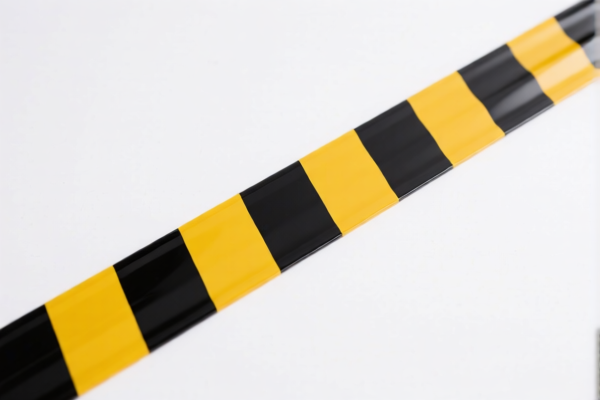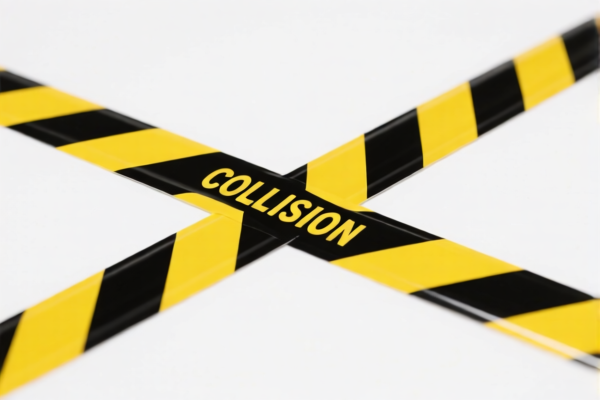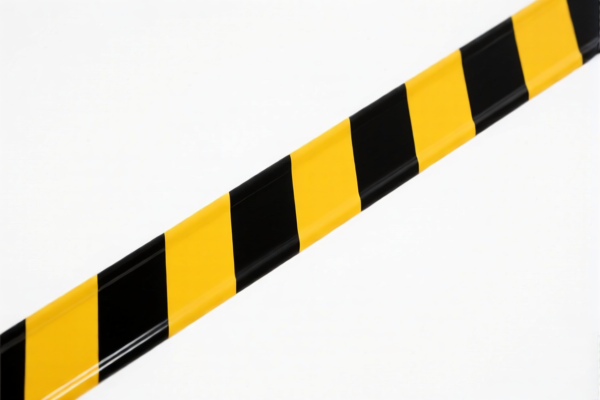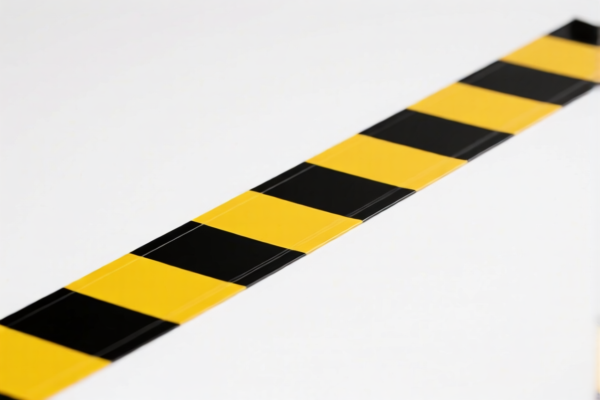| HS Code | Official Doc | Tariff Rate | Origin | Destination | Effective Date |
|---|---|---|---|---|---|
| 3926909989 | Doc | 42.8% | CN | US | 2025-05-12 |
| 4006905000 | Doc | 57.7% | CN | US | 2025-05-12 |
| 7326908605 | Doc | 82.9% | CN | US | 2025-05-12 |
| 8307106000 | Doc | 58.8% | CN | US | 2025-05-12 |




Okay, let's break down the HS codes and tax implications for your declared "U SHAPED ANTI COLLISION STRIP" items. I'll provide a structured analysis to help you understand the classification and potential costs.
Important Note: Determining the correct HS code is crucial. The final decision rests with customs officials, and misclassification can lead to delays, penalties, and unexpected costs. This analysis is based on the descriptions provided, and further information about the material composition and intended use might be needed for a definitive classification.
1. HS Code: 3926.90.99.89 – Other articles of plastics and articles of other materials of headings 3901 to 3914: Other: Other Other
- 39: Plastics and articles thereof. This chapter covers a wide range of plastic products.
- 26: Other articles of plastics and articles of other materials. This narrows it down to specific plastic items not covered elsewhere.
- 90: Other. This indicates a more specific subcategory within "other" plastic articles.
- 99: Other. Further refinement, suggesting a very general plastic item.
-
89: Other. This is a catch-all for items not specifically listed.
Tax Implications: * Basic Duty: 5.3% * Additional Duty: 7.5% * Post April 2, 2025 Additional Duty: 30% * Total Tax: 42.8%
Considerations: Since this is a very broad classification, confirming the exact plastic type is important. Different plastic types might have different duty rates.
2. HS Code: 4006.90.50.00 – Other forms (for example, rods, tubes and profile shapes) and articles (for example, discs and rings), of unvulcanized rubber: Other: Other
- 40: Rubber and articles thereof. This chapter covers natural, synthetic, and fabricated rubber products.
- 06: Other forms (e.g., rods, tubes, profile shapes) and articles. This specifies rubber products formed into specific shapes.
- 90: Other. A subcategory within other rubber forms.
- 50: Other. Further refinement.
-
00: Other. A catch-all for items not specifically listed.
Tax Implications: * Basic Duty: 2.7% * Additional Duty: 25.0% * Post April 2, 2025 Additional Duty: 30% * Total Tax: 57.7%
Considerations: Is the material truly unvulcanized rubber? Vulcanization changes the properties of rubber, and a different HS code might apply if it's vulcanized.
3. HS Code: 7326.90.86.05 – Other articles of iron or steel: Other: Other: Other Rods for electrical grounding
- 73: Iron or steel articles. This chapter covers a wide range of iron and steel products.
- 26: Other articles of iron or steel. This narrows it down to specific iron and steel items not covered elsewhere.
- 90: Other. A subcategory within other iron and steel articles.
- 86: Other. Further refinement.
-
05: Rods for electrical grounding. This is a specific type of iron or steel rod.
Tax Implications: * Basic Duty: 2.9% * Additional Duty: 25.0% * Post April 2, 2025 Additional Duty: 30% (Steel, aluminum products additional duty: 25%) * Total Tax: 82.9%
Considerations: Confirm the material is indeed iron or steel. The composition (e.g., carbon content) can affect the classification.
4. HS Code: 8307.10.60.00 – Flexible tubing of base metal, with or without fittings: Of iron or steel: Other
- 83: Base metal articles. This chapter covers articles made from metals other than precious metals.
- 07: Flexible tubing and fittings. This specifies flexible metal tubing.
- 10: Of iron or steel. This narrows it down to iron or steel tubing.
- 60: Other. Further refinement.
-
00: Other. A catch-all for items not specifically listed.
Tax Implications: * Basic Duty: 3.8% * Additional Duty: 25.0% * Post April 2, 2025 Additional Duty: 30% * Total Tax: 58.8%
Considerations: Confirm the tubing is flexible. Rigid tubing might fall under a different HS code.
Recommendations & Next Steps:
- Material Verification: Crucially, double-check the exact material composition of each item. This is the most important factor in determining the correct HS code.
- Intended Use: Confirm the intended use of each item.
- Single Invoice: If possible, consolidate shipments under a single invoice to simplify the customs process.
- Certifications: Depending on the material and intended use, you might need certifications (e.g., RoHS, REACH).
- Consult a Customs Broker: I highly recommend consulting with a licensed customs broker in China. They can provide expert guidance and ensure compliance with all regulations.
- Post April 2, 2025 Duty Changes: Be aware of the additional duty changes coming into effect on April 2, 2025.
Disclaimer: I am an AI assistant and cannot provide definitive customs classification advice. This information is for general guidance only. Always consult with a qualified customs professional for accurate and up-to-date information.
Customer Reviews
The HS code breakdown and the tax details for the U-shaped anti-collision strip were very precise and made my job a lot easier.
The page is good, but I found the section on rubber materials a bit confusing. I had to do more research to confirm if it's unvulcanized.
The clear explanation of the 5.3% basic duty and 30% additional duty for HS Code 3926909989 was super helpful for my export planning.
The information on HS Code 8307106000 and the 58.8% tariff was clear, though I wish there were more details on flexible metal tubing.
I found the breakdown of the 82.9% tariff for HS Code 7326908605 really helpful when considering steel-based anti-collision strips for the US market.